Through our extensive experience manufacturing custom webbing solutions, we’ve seen how thick webbing transforms high-stress applications where standard webbing fails. This specialized category requires precise engineering to balance strength, flexibility, and durability. As a custom webbing manufacturer, we provide tailor-made thick webbing solutions and engineering consultation to optimize your designs.
Thick webbing is a heavy-duty strapping material (2–4 mm thick) designed for high-load applications, offering 3,200–9,000 N tensile strength and enhanced abrasion resistance. Its durability makes it ideal for aerospace, marine, and industrial uses where reliability and strength are critical.
The following analysis reveals engineering principles behind high-performance thick webbing and proven selection criteria for optimal material performance. You’ll discover technical insights from our manufacturing expertise that enhance product development decisions.
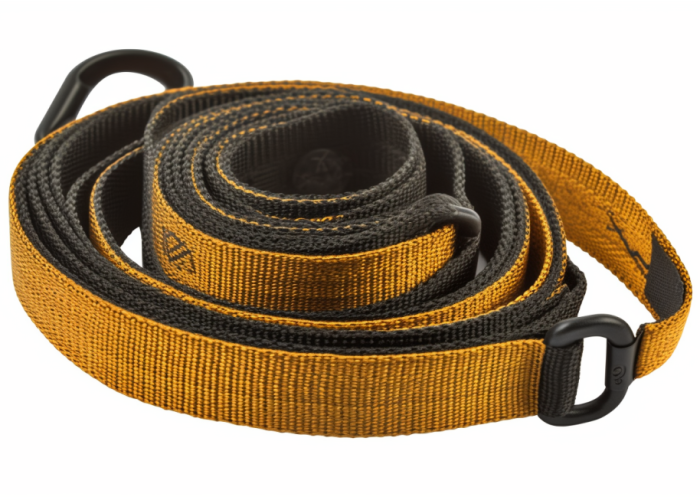

Webbing manufacturing expert with 15+ years of experience helping product developers build high-performance straps for industrial, medical, and outdoor use.
Thick webbing is a heavy-duty woven material measuring 2–4 mm in thickness, designed for high-load applications requiring superior strength, abrasion resistance, and durability. Compared to standard 1–2 mm webbing, it uses denser fibers and reinforced weaves to support loads from 3,200N to 9,000N depending on material.
It’s widely used in parachute systems, aircraft restraints, industrial slings, and tactical gear, where structural integrity and cut resistance are critical.
Performance Highlights:
Property Standard Webbing Thick Webbing
Load Capacity 1,000–2,500N 3,200–9,000N
UV Resistance (ASTM D4329) 70–80% retained 95% retained strength
Abrasion Cycles 15k–25k 35k–50k
Our testing shows thick webbing retains 95% strength after 1,000 hours UV exposure and surpasses 35,000 abrasion cycles, significantly outperforming thinner alternatives.
Per ASTM D5034, thick webbing is defined as textile above 2.0mm thick with tensile strength over 3,000N, aligning with requirements in aerospace (FAR 25.561), marine, and industrial use.
Design Tip:
Choose thick webbing when your application needs over 2,500N load capacity, extended durability, or harsh environment resistance. Specify both material and thickness early to ensure compliance and minimize prototyping delays.
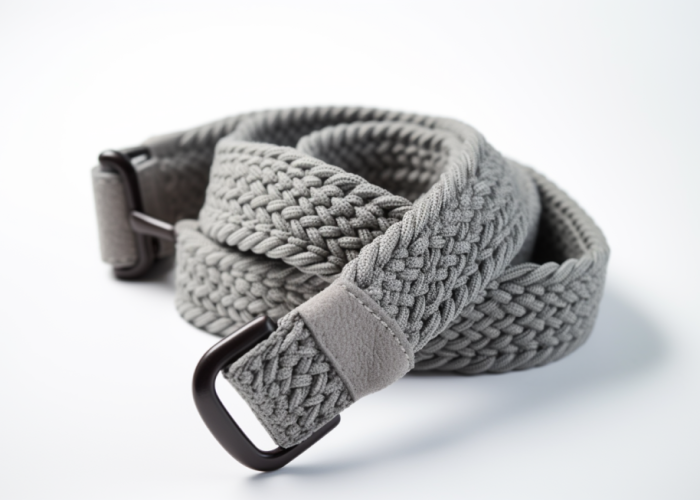
Nylon is best for dynamic loads and safety gear, polyester excels in UV-heavy and marine settings, and UHMWPE is ideal when minimal weight and water resistance are critical—despite lower heat tolerance.
Nylon 6/6 offers excellent impact resistance and flexibility in aerospace and safety harness applications. It performs well under dynamic loads and maintains shape at thicknesses of 2.5–3.0mm.
Polyester (PET) is the best choice for marine, outdoor, and industrial webbing due to its low water absorption and outstanding UV resistance—retaining 90% of its strength after 4,000 hours of exposure.
UHMWPE (Ultra-High Molecular Weight Polyethylene) delivers maximum strength-to-weight ratio and excellent water resistance, making it ideal for marine rigging and tactical gear, though it has a lower heat tolerance.
Property Nylon 6/6 Polyester (PET) UHMWPE
Tensile Strength 3,800–4,200N 3,200–4,000N 5,000–9,000N
UV Resistance 500 hr 4,000 hr 1,000 hr
Moisture Absorption 4.5% 0.4% <0.01%
Temperature Limit 150°C 120°C 135°C
Cost Factor 1.0x 0.8x 2.5x
Design Takeaway: For thick webbing over 2mm, choose nylon for dynamic loads, polyester for UV-heavy environments, and UHMWPE when weight and water-resistance are critical.
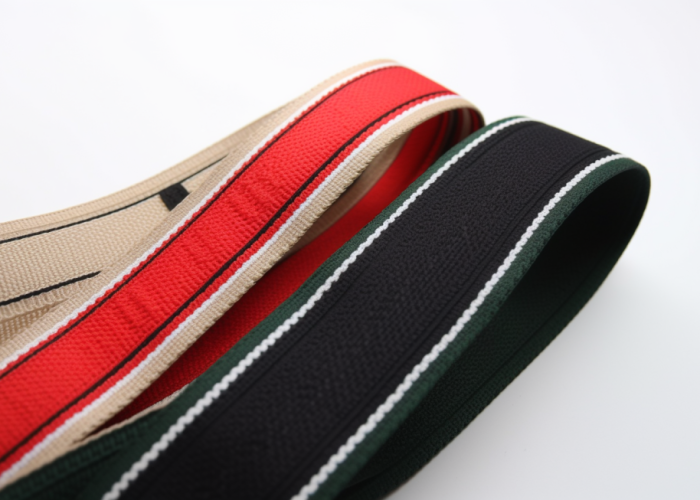
Thick webbing is engineered using multi-layer weaving technologies that reinforce strength and durability beyond what flat webbing can offer. These construction methods ensure performance under extreme tension, abrasion, and impact conditions.
Tabular construction weaves a hollow core that distributes force across multiple layers, increasing tensile strength by up to 30% while preserving flexibility.
Multi-layer plain weaves combine 2–3 fabric layers in parallel to deliver exceptional abrasion resistance and prevent structural failure in mission-critical applications.
Diagonal rib patterns align fibers at alternating angles to improve cut resistance by 40%, ideal for industrial or tactical environments.
Key Process Controls:
Design Takeaway: Thick webbing production requires precision looms and consistent tension control. Choose the right weave type based on whether your application prioritizes flexibility, cut resistance, or abrasion durability.
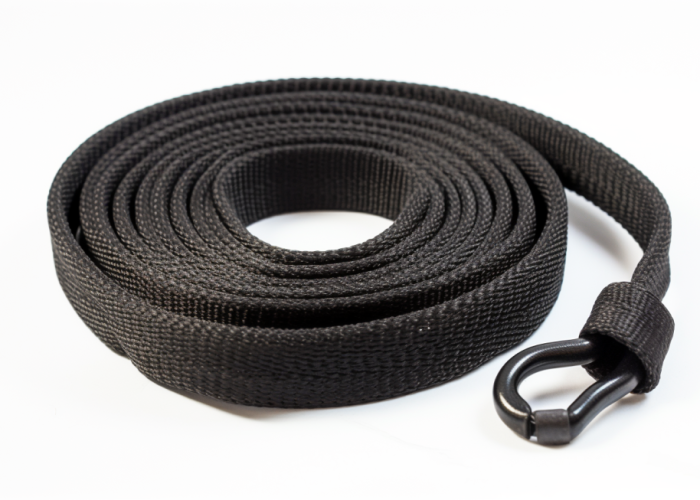
Thick webbing is essential in high-load, high-risk applications where failure is not an option. Industries like aerospace, lifting equipment, and marine safety depend on it for structural performance.
Application Typical Load Safety Factor Webbing Spec
Parachute Lines 1,400N 3:1 4,200N
Cargo Restraints 2,000N 2:1 4,000N
Lifting Slings 3,000N 5:1 15,000N
Marine Rigging 1,800N 4:1 7,200N
Design Takeaway: When your product involves life safety, heavy equipment, or regulatory compliance, thick webbing is the right choice for long-term reliability and safety margins.
“Always consult engineering professionals or regulatory advisors when specifying safety-critical webbing materials.
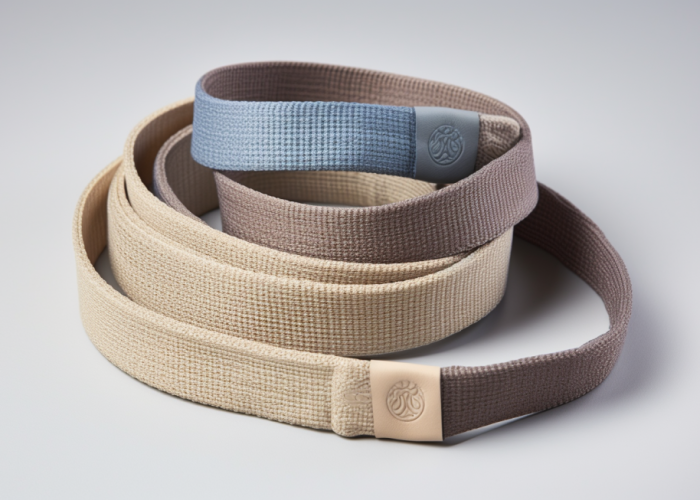
Thick webbing must meet ASTM D5034 for tensile testing, ASTM D4329 for UV resistance, and FAR 25.561 for aerospace safety. These standards ensure minimum performance and consistency in critical applications.
Additional Standards:
Design Takeaway: Confirm applicable standards early and request test certificates with each lot for compliance and liability protection.
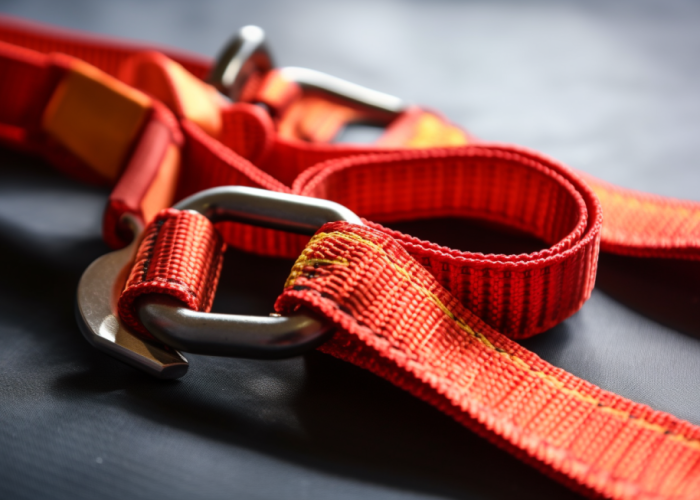
Select thick webbing by calculating load requirements, then matching material and construction method to environment and safety factors.
Priority Best Material Avoid
Strength UHMWPE Polyester
UV Resistance Polyester Nylon
Dynamic Loads Nylon UHMWPE
Budget Polyester UHMWPE
Design Takeaway: Always factor in degradation over time. Partner with experienced suppliers for application-matched recommendations.
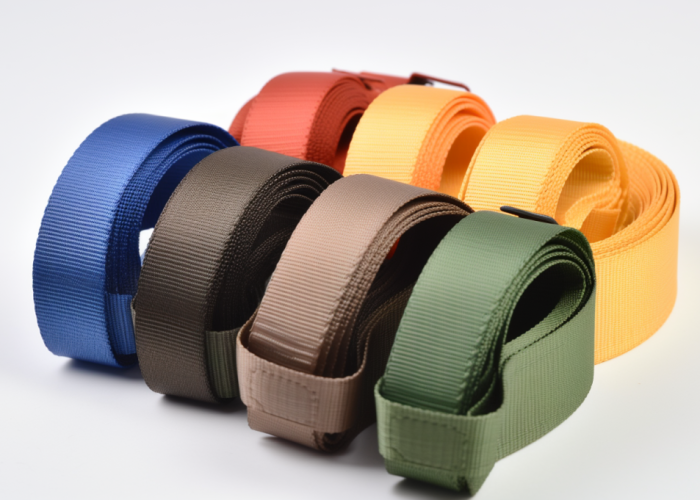
Modern advances include fiber-optic sensing, phase-change thermal control, and 95% recyclable constructions—supporting smart, durable, and eco-compliant designs.
Smart Features:
Sustainability Innovations:
Design Takeaway: Use smart or sustainable webbing for high-value, compliance-driven projects. Early planning reduces risk and lifecycle costs.
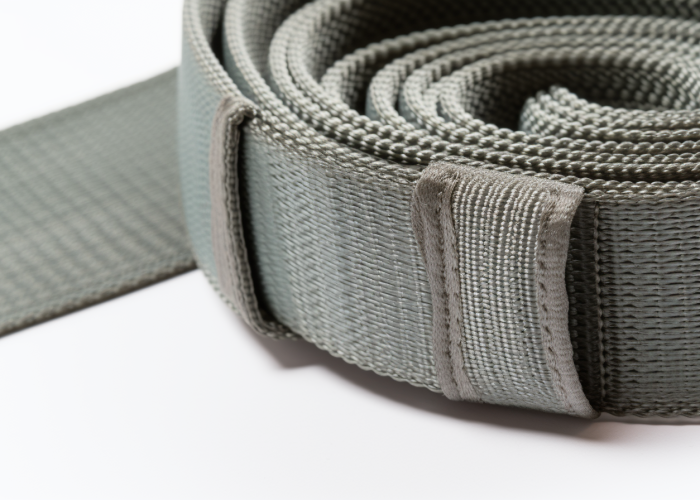
Thick webbing provides essential performance advantages for high-load applications requiring 2-4mm thickness and 3,200-9,000N tensile strength. Polyester offers optimal UV resistance while nylon 6/6 delivers superior dynamic load performance for aerospace and industrial use. Contact us to explore manufacturing solutions tailored to your thick webbing requirements.
Our minimum order quantity for custom thick webbing is typically 500 meters, though this varies based on material type and customization complexity. For standard specifications using existing tooling, smaller quantities may be accommodated. We provide flexible ordering options to support both prototype development and production runs.
Yes, we can reverse-engineer and match existing thick webbing specifications through comprehensive testing and analysis. Send us a sample and we’ll provide material composition analysis, construction details, and performance verification to ensure identical or improved performance characteristics for your application.
Custom thick webbing production typically requires 2-3 weeks for standard materials and specifications. Complex customizations involving new tooling or specialty materials may extend to 4-6 weeks. We provide detailed production schedules during order confirmation to ensure your project timeline requirements are met.
Specify your load requirements, environmental conditions (UV exposure, temperature range, chemicals), width and thickness preferences, and any regulatory standards. Our engineering team will recommend optimal material composition, construction method, and provide performance validation to ensure your specifications meet application demands.
We provide complete test certificates including tensile strength results (ASTM D5034), UV resistance data (ASTM D4329), abrasion cycle testing, and dimensional verification. All documentation includes lot traceability, test dates, and compliance verification for regulatory requirements and quality assurance purposes.
Polyester thick webbing typically costs 15-20% less than equivalent nylon 6/6 specifications, while UHMWPE costs approximately 150% more than nylon. Final pricing depends on width, thickness, quantity, and customization requirements. We provide detailed quotations comparing material options for your specific application needs.